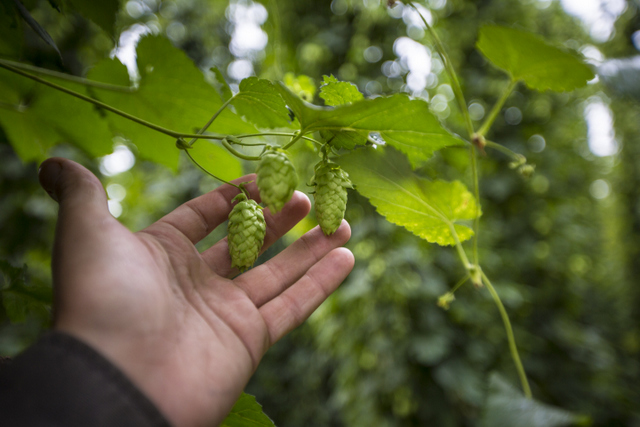
While there are over a hundred types of hop varieties, breeds and/or crossbreeds floating out there in this beer-soaked world of ours, there are about 80 main commercial varieties. Crosby Hop Farm, fifth generation lupulin ag master, offers an impressively broad portfolio of more than 75 of those varieties to brewers and homebrewers, including sustainable Crosby grown, Salmon-Safe and organic hops, as well as premium grower-sourced hops from around the globe.
For nine of its most popular, Crosby created these cool little 16-second mini videos to quickly educate buyers and beer enthusiasts. Nine in all, these short clips are good references for aromas, alpha acids, beta acids and total oil. Feel free to jump back to this page when you need to reference this important lot of delicious, craft-centric hop varieties. Note: All summaries of the hops below videos are taken directly from the YouTube page and can be attributed to Crosby Hop Farm.
Cascade
Bred by the USDA in Oregon, named for the Northwest mountain range, and released in 1972, Cascade has become America’s superstar, the most widely used variety in the IPA-obsessed craft beer industry. Cascade’s floral and citrus aromas and flavors harmonize with moderate bitterness.
Centennial
This aroma variety, for which Brewer’s Gold provided three-quarters of the genetics, was released in 1990 and is one of the most popular hops in U.S. craft brewing. Centennial is often referred to as “Super Cascade” as it boasts even greater bittering potential than that famous hop, even though its citrus kick is slightly more subdued.
Chinook
While Cascade, Centennial and Columbus are considered the Three Cs of American craft brewing, Chinook is often lumped in as a fourth member of the elite group. Citrus takes a backseat to intense pine in this high-alpha dual-purpose variety, released by the USDA breeding program in 1985.
Crystal
A versatile, Oregon-born aroma hop in the Hallertau family, Crystal brings to the table spicy, woody, floral goodness with low bitterness.
Golding
This is the U.S.-grown version of a slightly confusing variety, as the name actually encompasses a classic group of English aroma hops cultivated since 1790. They share mild bitterness and subtle herbal, spicy, floral qualities perfect for British styles.
Mt. Hood
Named for Oregon’s Mt. Hood and released in 1989, this half-sister to Liberty, Crystal, and Ultra was derived from German Hallertauer. As such, its aromatics are subtly spicy and herbal, well-suited to refined lagers.
Nugget
Released as a descendant of Brewer’s Gold via Oregon’s USDA breeding program in 1983, this high-alpha hop is one of the most popular bittering varieties in the U.S. thanks in particular to its strong storage potential and its mellow herbal and earthy aroma.
Sterling
Sterling is often utilized as a replacement for one of its primary parents, noble Saaz, as it exhibits similarly clean bitterness with slightly more forward spicy and herbal flavors and is easier to grow, offering moderately high yields and resistance to disease.
Amarillo (VGXP01 cv)
Coveted for its bold orange- or tangerine-like flavor and aroma, this variety was discovered by Washington’s Virgil Gamache Farms. Though it’s most popular for dry-hopping, Amarillo is versatile enough to be used for bittering, too.

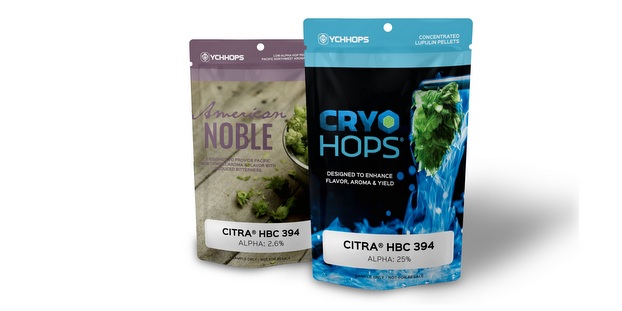
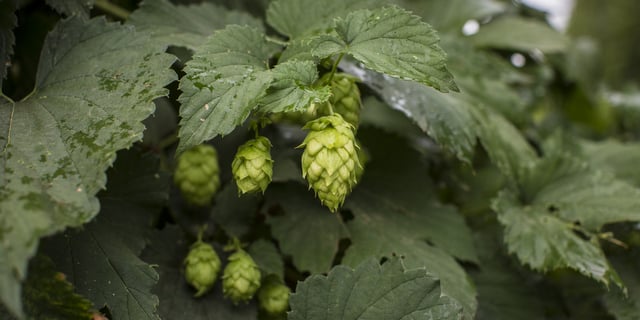
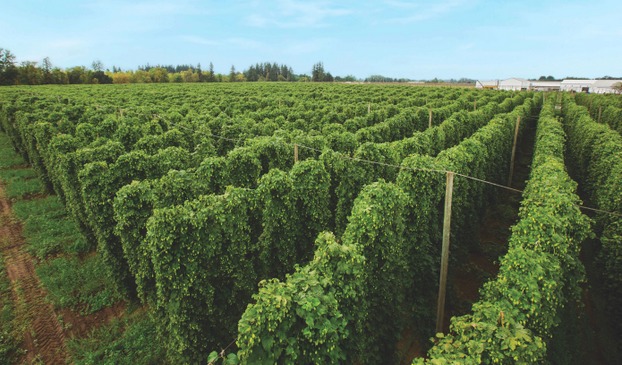
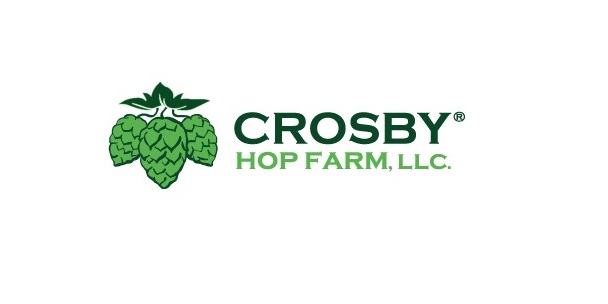
Santia Velazquez says
EliUd MonGe